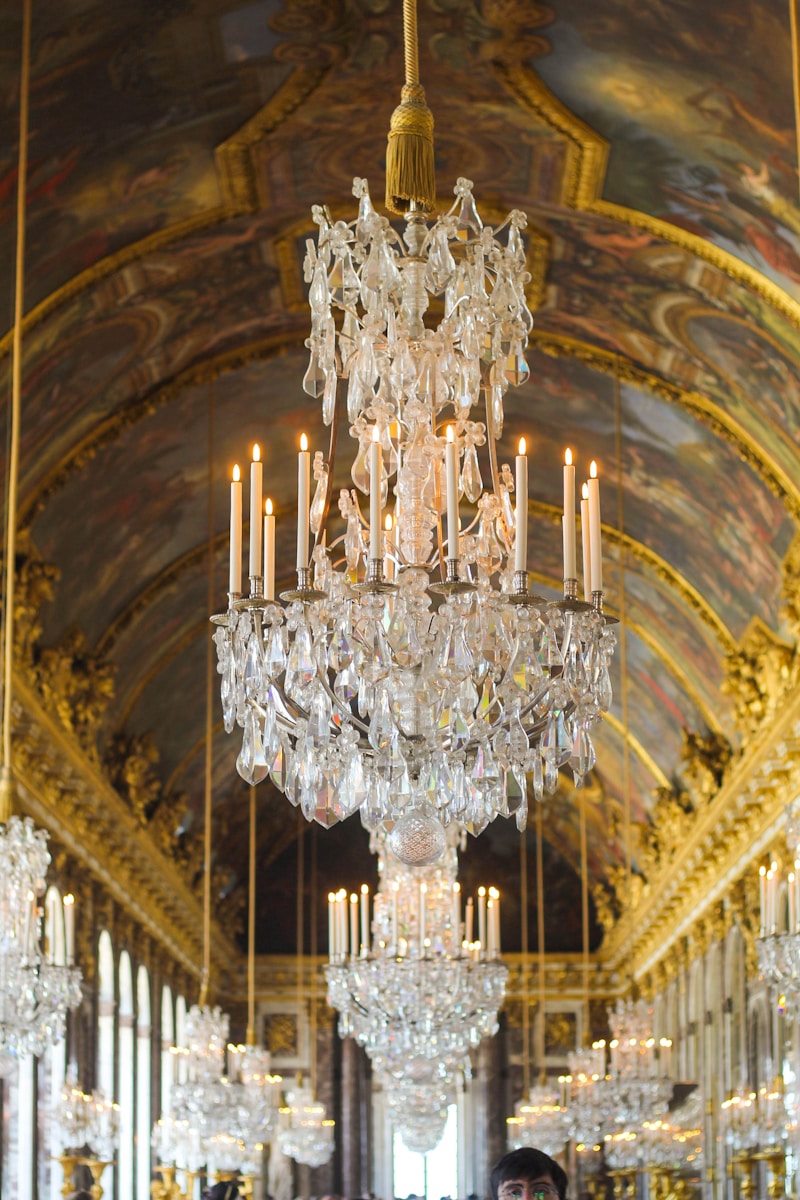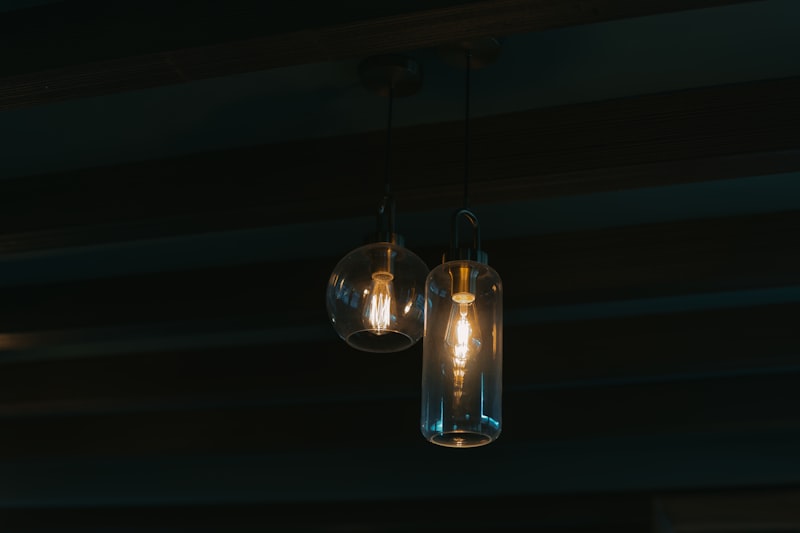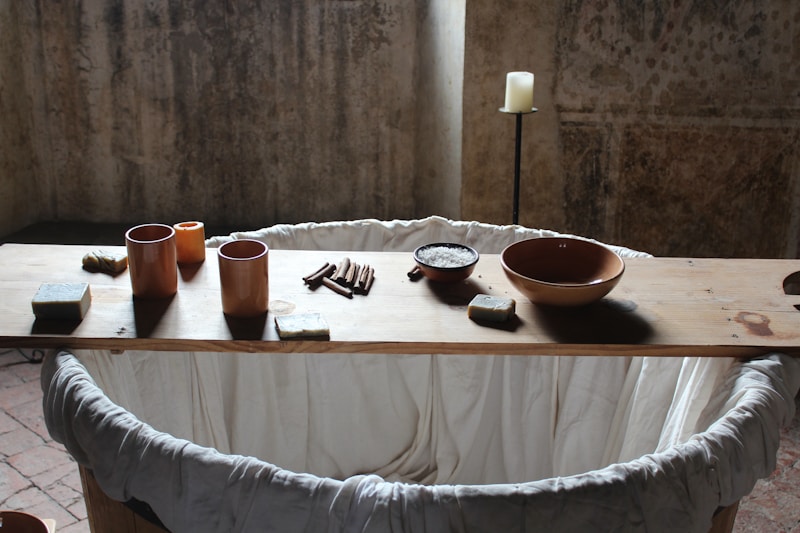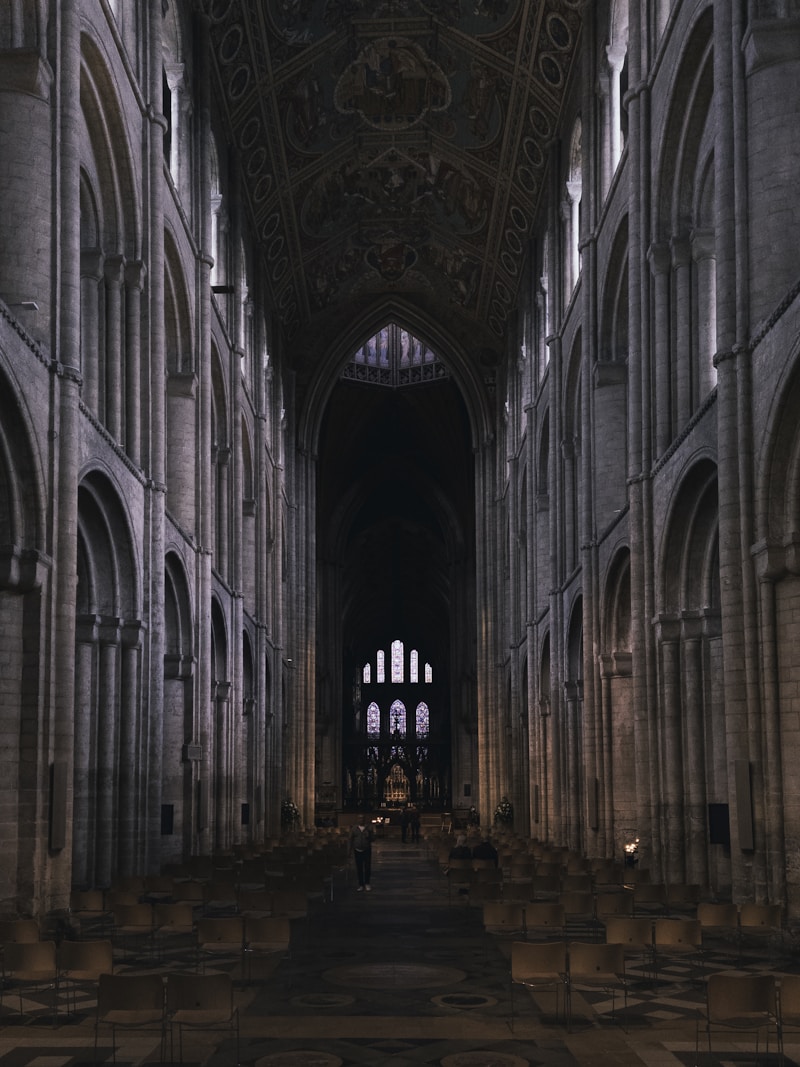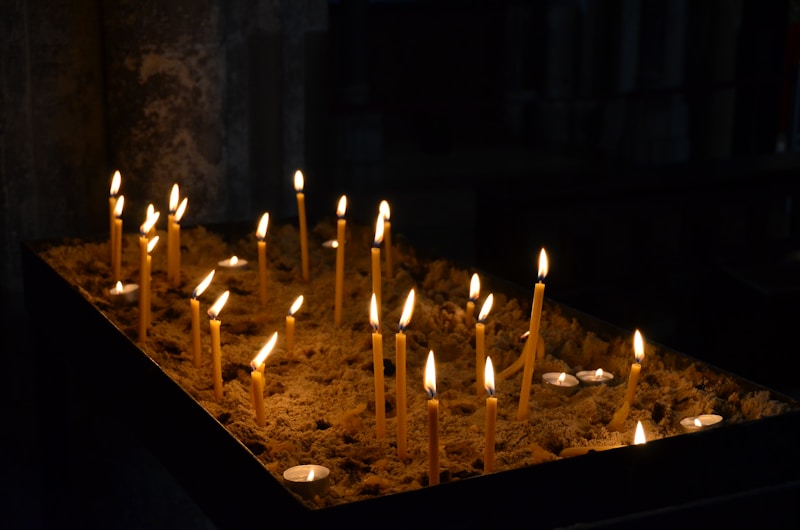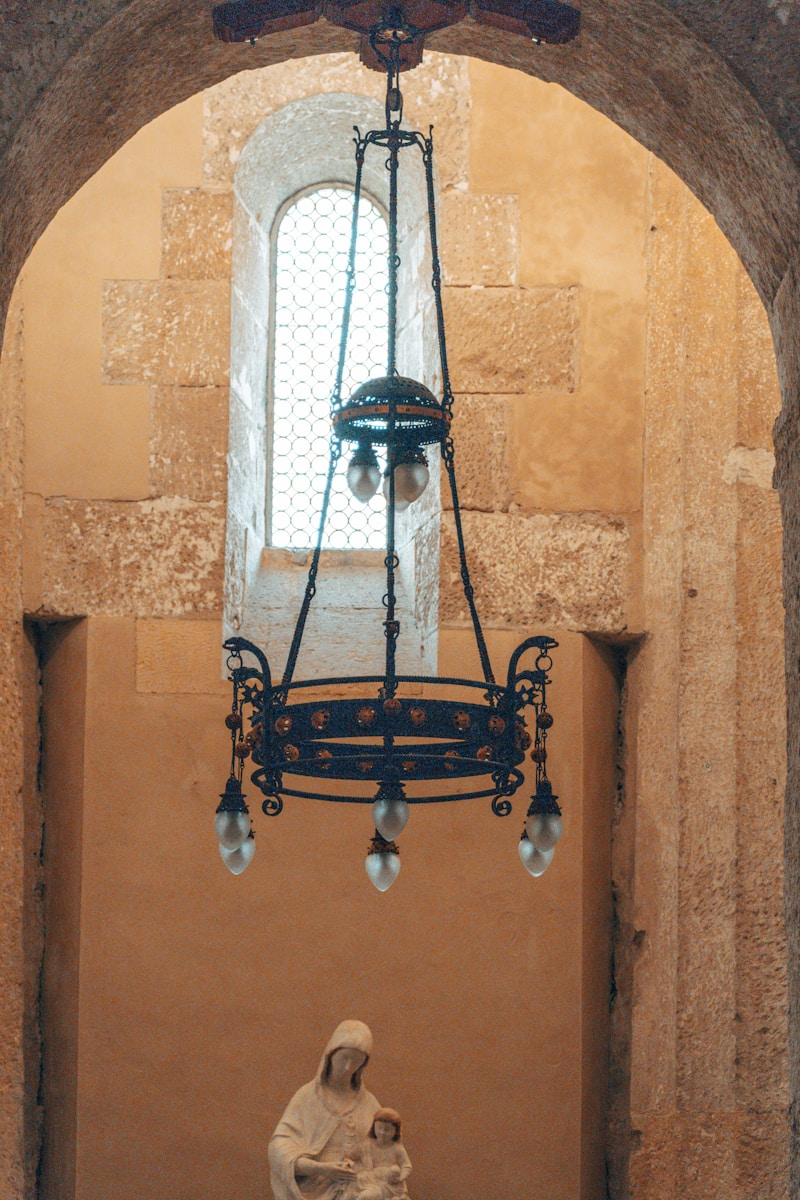Heritage Lighting: Connecting Styles Through the Ages
Lighting is more than just a functional element in our homes; it is an essential part of our heritage and culture. This article explores 'heritage lighting', its evolution through time, and how different styles have connected various eras, providing us with insights into interior design, culture, and history.Understanding Heritage LightingHeritage lighting encompasses various styles and designs that reflect specific historical periods. These lighting fixtures are often designed based on traditional methods and materials, representing a link to our past. This unique aspect makes heritage lighting a significant topic for homeowners, interior designers, and historians alike.The Evolution of Lighting Through HistoryThroughout history, the methods and styles of lighting have transformed significantly. Let’s delve into some characteristic periods and styles:PeriodFeaturesPrehistoricUse of natural light and fire sources such as torches and campfires.MedievalWrought-iron chandeliers and candle sconces became popular.VictorianElaborately designed gas lamps and ornate chandeliers.Art DecoSleek lines, geometric shapes, and the use of new materials like chrome.Modern EraMinimalist designs focusing on functionality and energy efficiency.The evolution of heritage lighting not only tells us about technological advancement but also reveals how aesthetics and functionality merged in different eras.The Connection Between StylesHeritage lighting is many things; it is functional, artistic, and o...
Illuminating Elegance: Lighting Choices for a Castle-Inspired Home
Transforming your living space into a castle-inspired abode requires meticulous attention to detail, especially when it comes to lighting choices. A well-lit castle-themed home can evoke feelings of grandeur, warmth, and enchantment. In this article, we will explore various lighting options that align with your castle aesthetic, provide tips on how to create an ambient atmosphere, and discuss the importance of harmonizing your lighting choices with your overall design.Understanding Castle-Inspired LightingCastle-inspired homes often feature a mix of medieval charm and modern comfort. When considering lighting options, it's crucial to keep in mind the architectural elements and color schemes that define your home. Utilizing a combination of chandeliers, sconces, and modern lighting can create the perfect blend of historic elegance and contemporary appeal. Below, we summarize key lighting choices to consider:Lighting ChoiceDescriptionIdeal PlacementChandeliersGrand, decorative light fixtures that hang from the ceiling, adding a focal point to the room.Dining room, foyer, or great hall.Wall SconcesLight fixtures attached to walls, providing additional lighting and visual interest.Hallways, bedrooms, or living spaces.Floor LampsFreestanding lamps that offer versatile lighting options while enhancing the room's decor.Reading nooks, corners, or near seating areas.Table LampsPortable lamps that serve as decorative elements while providing task lighting.Side tables, desks, or bedside...
Exploring Vintage Charm in Modern Lighting Designs
In a world dominated by sleek lines and minimalist aesthetics, vintage charm in modern lighting designs offers a delightful contrast, enveloping spaces in nostalgia while providing the functionality of contemporary illumination. As homeowners and designers seek to blend the old with the new, the popularity of lighting fixtures that embody both vintage style and modern efficiency has surged. This article explores the essence of vintage charm within the context of modern lighting, the various designs available, and how to incorporate them effectively into your home.Understanding Vintage Charm in LightingVintage charm reflects an appreciation for the past, often characterized by ornate details, warm tones, and a sense of history. In the realm of lighting, this can manifest in several ways, from industrial-style fixtures that hint at the 19th century to mid-century modern designs that showcase clean lines and functional beauty. The juxtaposition of these styles with modern technologies, like LED bulbs, creates a unique opportunity for homeowners and designers to craft spaces that are simultaneously nostalgic and forward-thinking.The Importance of Lighting DesignLighting is one of the most critical aspects of interior design. It influences mood, functionality, and aesthetics. By integrating vintage charm into modern lighting designs, one can achieve a harmonious balance that enhances the overall appeal of a space. Consider how different lighting styles can affect the atmosphere:Li...
Crafting the Perfect Medieval Dining Environment: A Journey Through Time
Creating a medieval dining environment is not just about setting a table; it's about transporting your guests back to a time filled with feasting, revelry, and historical charm. Whether you are hosting a themed dinner party or planning a Renaissance fair, understanding the elements that define a medieval dining experience is essential. This article will guide you through the various aspects of crafting an authentic medieval dining environment, from decorations and table settings to food and entertainment.Understanding the Medieval EraThe medieval period, also known as the Middle Ages, lasted from the 5th to the late 15th century. It was a time of castles, knights, and grand feasts. Understanding the culture of this era is crucial when creating an authentic dining environment. Notably, the dining customs varied significantly between the social classes, with nobles enjoying opulent banquets while peasants had simpler fare.Table Settings and DecorationsTo set the perfect medieval dining environment, your table should reflect the grandeur of the period. Here are key elements to consider: Tablecloths and Napkins: Use heavy fabrics like linen or wool. Earthy tones or deep reds, greens, and browns underline a medieval aesthetic. Dinnerware: Choose wooden platters, pewter goblets, and earthenware for authenticity. Avoid modern materials like glass or plastic. Centerpieces: Incorporate candles, flowers, or seasonal fruits to create a natural look. Use rustic pottery or wooden...
Illuminating the Past: Medieval Influences on Modern Culture
In today’s world, the echoes of the medieval era can be found in various facets of modern culture, shaping our artistic expressions, architectural practices, and even social norms. This article will explore the medieval influences that illuminate our past, guiding our present and future. We will delve into the historical significance of the Middle Ages, its impact on literature, architecture, and art, and how these elements continue to resonate in contemporary culture.The Historical Context of the Medieval EraThe medieval period, often referred to as the Middle Ages, spans from the 5th to the late 15th century. This era is marked by significant transitions in European history, including the fall of the Western Roman Empire and the rise of feudalism. The complex tapestry of medieval life involved a diverse array of cultures, resulting in rich artistic and architectural paradigms.Medieval Influences in LiteratureMedieval literature presents a fascinating genre that has influenced countless writers and storytellers. The themes of chivalry, romance, and moral dilemmas are prevalent in works like “The Canterbury Tales” by Geoffrey Chaucer and “Le Morte d'Arthur” by Sir Thomas Malory. These texts not only reflect the social structures of medieval society but also introduce archetypal characters that continue to appear in modern narratives.Table of Influential Medieval Texts and Their ThemesTextAuthorThemesThe Canterbury TalesGeoffrey ChaucerSocial Satire, PilgrimageLe Morte d'Arthu...
Captivating Romantic Candle Settings Inspired by Medieval Times
Romantic candle settings inspired by medieval times create an enchanting atmosphere that evokes a sense of nostalgia and magic. By incorporating elements from the past, you can enhance your intimate gatherings, romantic dinners, or special occasions. This article will guide you through various ways to achieve these romantic candle settings, explore the significance of candlelight in medieval culture, and provide helpful tips for adding a touch of medieval charm to your modern space.The Allure of Medieval AestheticsThe medieval era was characterized by grand castles, intricate tapestries, and, of course, the warm glow of candlelight. In those times, candles were not just a source of light but also served as a vital part of social rituals. They symbolized warmth, companionship, and romance. As we revive these settings, it becomes essential to understand their beauty and meaning in the context of modern life.The Role of Candles in Romantic SettingsUsing candles for romantic settings creates an atmosphere of intimacy and connection. Here are some key factors to consider: Warm Glow: The soft flicker of candlelight is soothing and inviting, helping to dissolve barriers between partners. Sensory Experience: Scented candles can enhance the ambiance with aromas that evoke memories and emotions. Visual Appeal: The arrangement of candles can be an art form, adding to the overall aesthetic of your space.Elements of Medieval-Inspired Candle SettingsTo create a romantic candle set...
Exploring Enchanting Lighting Featuring Medieval Motifs: The Perfect Fusion of History and Aesthetics
When it comes to creating a captivating ambiance in your home or event, lighting plays a pivotal role. One of the most enchanting styles available today is lighting featuring medieval motifs. This aesthetic draws from the rich history and elegant designs of the medieval period, bringing a sense of charm and nostalgia into modern spaces. In this article, we will delve into the various aspects of enchanting lighting, including design inspiration, material choice, and practical tips for integration into your space.Understanding Medieval MotifsMedieval motifs are characterized by intricate designs that evoke the grandeur of historic architecture and artistry. These motifs can include:Gothic archesChivalric symbolsFloral and foliage patternsCeltic knots and elementsTapestries and heraldryThe Allure of Medieval-Inspired LightingLighting inspired by medieval themes is more than just functional; it serves as a statement piece that can transform a room. Combining artistic elements with modern functionalities, this type of lighting brings both aesthetic and historical value into your home. When adorned with intricate patterns and materials, it can also serve as a conversation starter for guests.Types of Enchanting Lighting Featuring Medieval MotifsThere are several types of lighting fixtures that feature medieval motifs, with each offering a unique take on the enchanting style. Below is a breakdown of popular options:Type of Lighting FixtureDescriptionIdeal UseChandeliersGrand fixtures...

